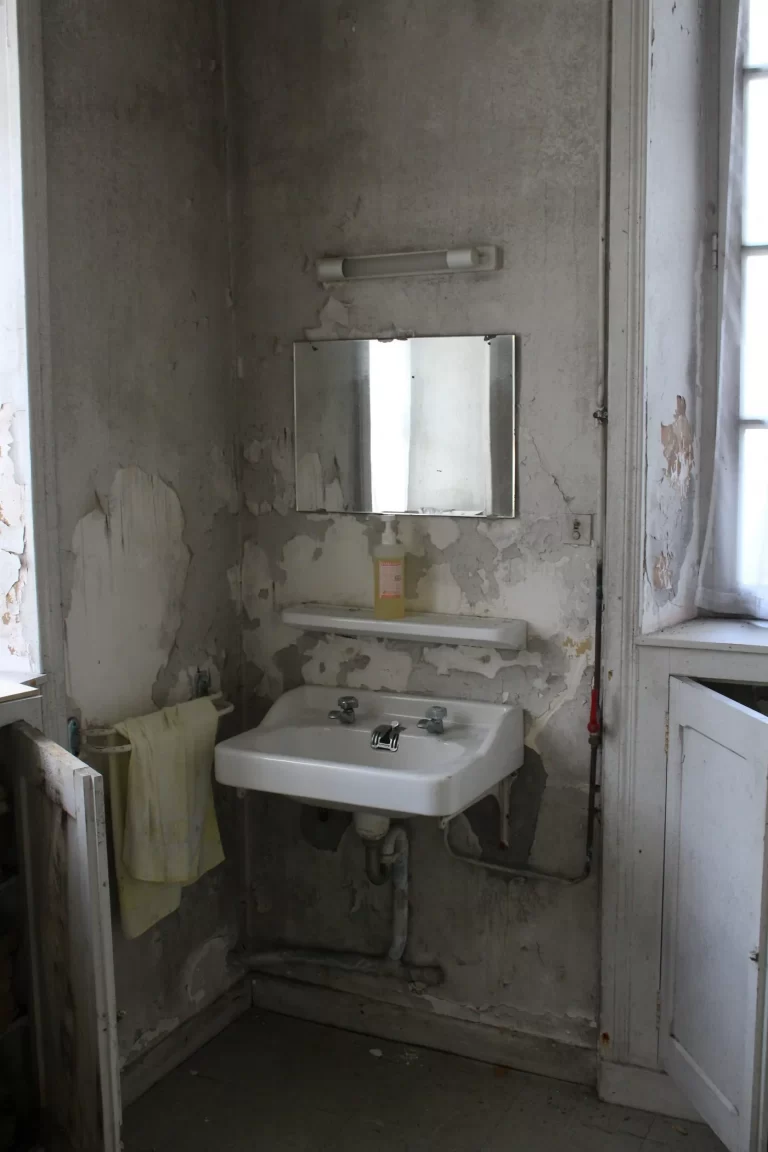Black mould is extremely common within Australian homes and it can often be found in the dark, damp corners of our homes and workplaces. It’s possible that you wouldn’t even notice you had a black mould growth within your home until you noticed the smell or started experiencing health symptoms.
If you’ve found yourself in a situation where you think you have black mould growing in different areas of your home but aren’t sure what to do or how to fix the problem, then keep reading for answers to some common questions about black mould.
Does black mould have to be removed professionally?
If you’re worried about the growth of black mould in your home, you probably want to find the quickest and best solution to get rid of it.
As with most situations, it’s always best to have the black mould removed by a professional, but it isn’t necessarily the only option. With the right supplies and knowledge, anyone with experience in home improvement could likely remove the black mould. However, most DIY fixes are only temporary and for a long-term fix, it’s best to call in the professionals like the CLF Services team.
Does black mould grow in drains and how can you check for it?
Yes, black mould does tend to grow within pipes or drains and it can be extremely difficult to recognise.
Below are 5 signs to look out for that you may have black mould in your brains or pipes.
- Strange odours and musty smells coming from or around your drains
- An odd colour found in your water
- Personal symptoms of mould exposure
- A damaged drain
- Visible mould
Can I stay in my house with black mould?
It is always important to watch out for signs of mould and have it removed as soon as possible. However, you don’t quite need to evacuate your home at the first sign of mould. If you suddenly notice large amounts of mould growth in your home it is important to keep windows open and have a good ventilation system while you wait for the mould to be removed. Having enough light and airflow will help to stop the mould growing while you wait for it to be removed and will also help to minimise and health effects that can come from mould growth.
There are some health symptoms associated with mould growth, which include;
- Asthma and wheezing
- Fatigue
- Sleep disturbance
- Eye irritation
- Skin problems
- Dizziness
- Coughing
And more.
If you notice mould within your home and begin suffering from any of the above-mentioned symptoms call our team of mould removal experts straight away on 1300 882 202
How do you get mould out of air conditioner vents?
Air conditioners are one of the best home appliances as far as keeping us cool in summer and warm in the winter time, but they can also attract black mould. Mould growth within your air conditioner can severely impact your air quality and lead to many negative health side effects.
The best solution to removing the mould from your A/C vents will depend on the type of air conditioning unit that you have which include;
- Window / Wall Units
- Ducted Air Conditioning
- Free-Standing Air Conditioning
Regardless of which unit you have, the process of cleaning it out will be fairly similar. The first step is to disassemble your unit and give it a decent vacuum to remove any excess spores. You can then wash the filters with running water. Then use warm soapy water to wipe the surfaces of your unit and allow them all to dry out before repeating the process with a specialised mould preventative. Once everything is completely dry you can reassemble your unit.
However, this may only provide a temporary solution and it is always recommended you call in a mould specialist like the team at CLF to entirely remove the issue and to prevent it happening again in the future.













